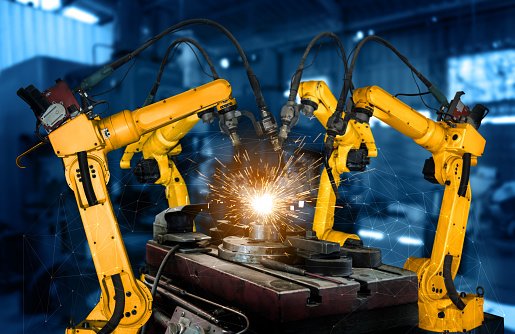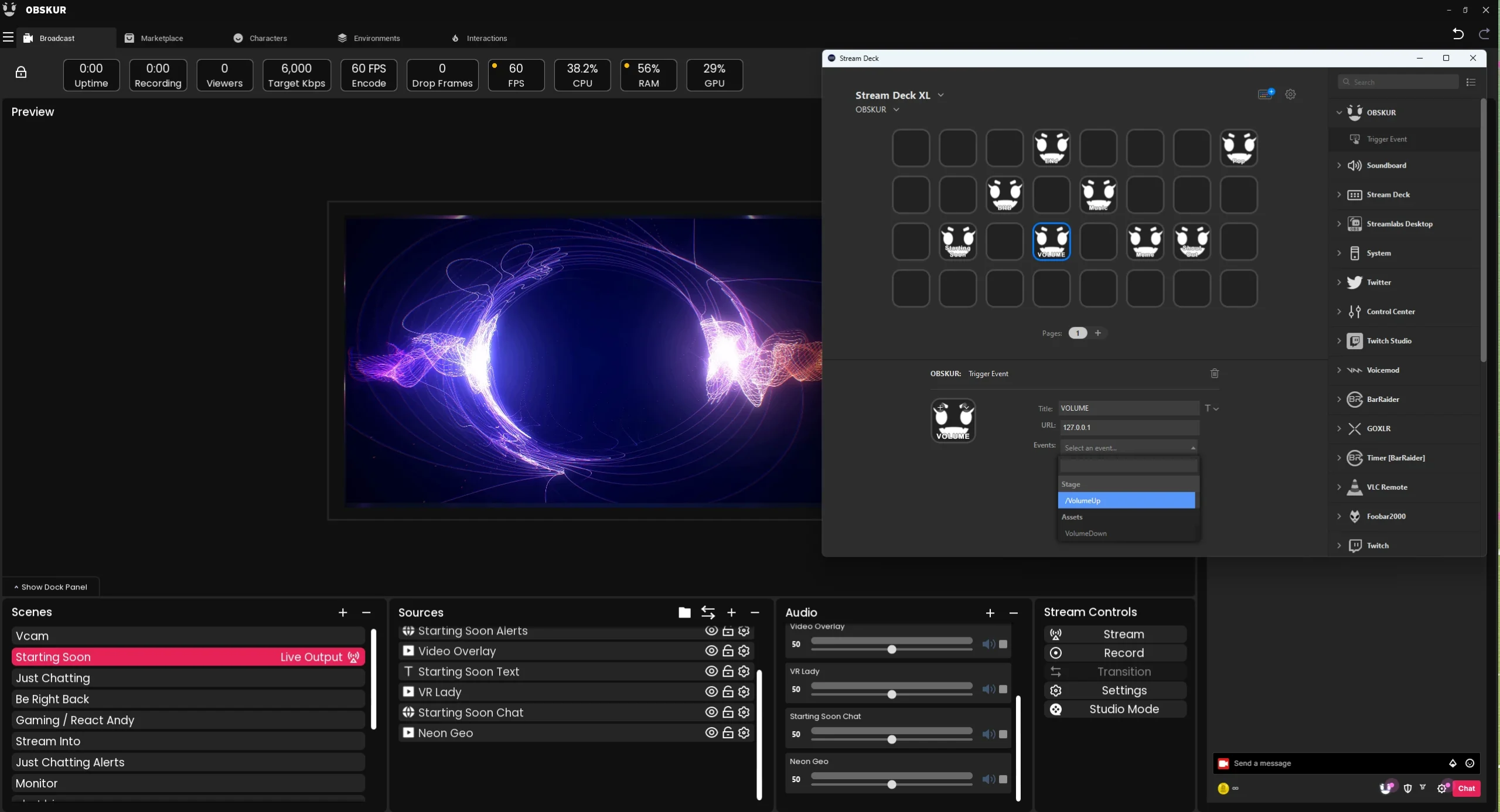Efficiency Redefined: Harnessing the Power of Robotics Process Automation
As you know that Robotics is quite a buzzword in the industry at present, and most of you must have heard about it by now. Robots are those machines that work efficiently to facilitate human beings. It’s a general term for all of us!
Extending series of technologies. Now move up to Robotics Process Automation!
What is Robotic Process Automation (RPA)?
Robot Process Automation (RPA) refers to using software “bots” to automate high-volume, repetitive tasks in business and workflow processes. RPA bots interact with company systems in the same way human users would.
It is an excellent blend of three words, Robotics, Process, and automation. Robotic may be known as an entity capable of being programmed by a computer for complex tasks; it can mimic human actions. The process is a sequence of steps that lead to a meaningful activity or task. Automation means when a job happens automatically, without human intervention.
So it is defined as mimicking human actions to perform a task without human intervention!
Robotic Process Automation is emergent technology whose software operates on the principle of Artificial intelligence or robotics. It helps to program the robotics according to the operations, without any human interruptions.
 Need for Robotic Process Automation (RPA)?
Need for Robotic Process Automation (RPA)?
Its most important point for consideration, that why Robotic Process Automation? Let us explain using an example of a banking system. As all of us know, that has the design of a fraud detection system. Therefore, we can consider only the credit card’s fraud detection system, and now the transaction that is coming in it is judged based on designed rules. Right! So let’s go through these rules
- Last location of credit card: Where the last amount drew from the ATM? How far is it from the current site?
- Usual amount of transaction: it may be 30,000 per month, and suddenly you want the trade more than 50 000. Then your credit card becomes suspicious!
- Number of unfair trials: how many times you have entered the wrong password.
In the past, people used to look after all the transactions based on these rules. As technology influences, the best alternative to this workforce is the automation of this process. Therefore, the use of different automation or RPA tools makes this process of checking transparent. The transaction is firstly scanned through these tools, then pass to the expertise of the bank system. The primary purpose of RPA is to reduce the labor or workforce, not to replace it entirely. Machines are useful in following the things that we tell them, but humans can think more vastly.
The Promise of RPA
RPA enables companies to reduce costs and increase efficiency by taking tedious, manual work off of human employees’ plates. This lets staff focus on more strategic roles. Leading firms in banking, insurance, healthcare and more are implementing RPA.
How RPA Works
RPA bots are programmed to log in and navigate systems just like human workers. They can be configured to follow specific steps and workflows across multiple applications. RPA tools utilize AI to enable bots to adapt and handle variability.
Limitations of RPA
RPA excels at routine tasks, but cannot replicate human judgment and cognition. Bots hit limitations when processes require flexibility, critical thinking, or advanced problem solving. RPA is not a magic bullet.
Benefits of Robotic Process Automation (RPA)
Robotics Process Automation aimed to cause ease in human life by sharing his workloads and saving more time. Here we are going to enlist some benefits of RPA as follows.

1. Save cost
Using RPA, you can save many costs because it downsizes the workforce with drastic members. The RPA does with work in significantly less time, reducing labor cost at the workplace.
2. More accurate in lesser time
Robotics usually complete the tasks with more accuracy. The work will be 100% according to the requirement. It fulfills the assigned tasks within few seconds as compared to the manual power of humans. In this way, we can say it is replacing human place.
3. Easy to implement and learn
In this modern era, who is not aware of IoT devices like phones, laptops, and IPad? These operate on the principle of automation to do essential tasks like calculations, analysis, and much more.
You can choose the automation tools on word press rather than writing coding of 1000 words.
Applications of Robotics Process Automation
There are several applications of Robotics Process Automation in all fields and industries over the globe. Here are some typical applications;
 1. Technology
1. Technology
Thousands of workers or engineers are using different tech-based tools to design new software or Applications. Robotic Process Automation provides tools to make their tasks easy. The developers use various themes or tools that will help to develop the websites accurately.
2. Finance and banking
Banking sectors are utilizing automation tools for several years to bring transparency in exchange for money or transaction. Hundreds of transactions are done in a day to run the cycle of money all over the world. ATM is also the fruit of Robotic Process Automation that helps to withdraw cash within seconds via credit card.
3. Manufacturing
IoT devices are a common application of Robotics Process Automation in this modern era, making today’s life easier. These IoT devices operate automatically, when required, working on Robotics Process Automation.
4. Telecommunication
With time, we have observed improvements in the Telecommunication system with the latency in it. The launching of the 5th generation of internet and efficient networking systems fill the colors of technology in telecommunication. It all becomes possible due to robotics process automation.
5. Health care
The digital sphygmomanometer is a simple example of Robotics Process Automation, which innovates the traditional treatment methods. Chemotherapy and radiotherapy for the treatment of cancer patients become possible due to automation tools.
Downsides of Robotics Process Automation (RPA)
With significant advancements of RPA, there are few downsides of this technology
1. Expensive
The RPA is one of expensive technology among all. Small businesses cannot use automation tools because of their high prices.
2. Lack of technical ability
Some of our developers like to work with traditional methods as compared to modern automation. It might be due to a lack of confidence or technical abilities. Therefore, there is a need to make them able for operations with these automation tools.
Future of Robotics Process Automation (RPA)
As RPA matures, the greatest value will likely come from effective collaboration between bots and employees. With humans overseeing operations and handling complex work, RPA bots can focus on the high-volume, repetitive tasks they are best suited for.
Let me know if you would like me to modify or expand on any part of this high-level RPA overview. Please feel free to provide additional feedback.
According to experts, there will be $5-$7 trillion in the global economy by the year 2025. There will be more need for software developers for this purpose, generating 230 million jobs for them. These figures of workers cover approximately 9% of the total global workplace.
Become familiar with new skills to move yourself according to the requirement of time!
Robotics Process Automation is such emergent technology that will not replace the worker but replace its job.
For more informative tech blogs. Visit: https://softtechgenics.com/




